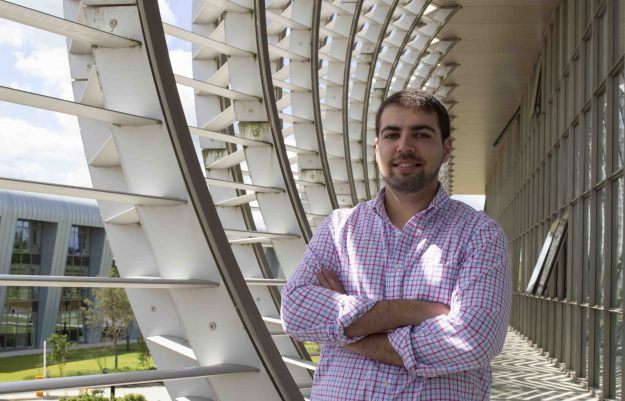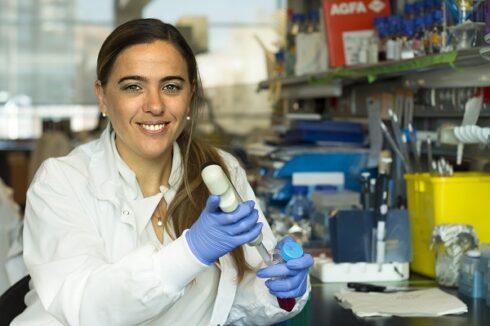A SPANISH research team has identified the key cause of a rare cancer primarily affecting children.
Osteosarcoma, a type of bone cancer, affects just five out of a million people per year but strikes children and teens the most.
Now, Spanish scientists Isidro Cortes Ciriano and Jose Espejo Valle-Inclan have discovered the main cause of this genetic cancer.

It follows groundbreaking research from a British research team in 2011, which revealed cancer forms when chromosomes rearrange or ‘mutate’ in a process known as chromothripsis.
This process is observed in around 3% of all tumours, but this skyrockets to 25% in cases of bone cancer.
The cells which cause this tumour, osteosarcoma cells, have some of the most complex genomes ever observed in human cancers and Cortes and Espejo have discovered a principal reason why in at least half of cases.
“The chromosomes are completely ripped up and reorganised in a much more complex way. They are like Frankenstein’s monster,” Cortes explained.
In high-grade osteosarcoma, the most common type, the cells in this case become so altered that they do not resemble those of normal bone.

The key to understanding it lies in a famous stretch of DNA, the TP53 gene.
Dubbed the guardian of the genome, the TP53 gene repairs errors in DNA and prevents cancer from developing, constantly saving humans lives.
In a normal cell, there are two copies of this gene but if one of them is mutated, it can cause a series of chromosome rearrangements which create these so-called ‘Frankenstein cells’.
They have named this process chromothripsis by loss-translocation-amplification and published their conclusions in the journal Cell this Tuesday.
Not only this, but chromothripsis also triggers oncogenes, the mutated genes that have the potential to cause cancer, to multiply.
But this is not the end of the scientist’s cancer-fighting research.
Cortes is also the leader of the European Bioinformatics Institute’s Cancer Genome Group based in Hinxton, UK.
He is part of the British ‘100,000 Genomes Project’, a collection of DNA from over 85,000 cancer and rare disease patients.
The study has allowed Cortes to create a ‘family tree’ of cancers to understand how they form and where they come from.
“This has been fundamental in understanding the unknown evolution of cancer. It was traditionally thought chromothripsis a lottery, an extraordinary event that happened when the tumour is formed. But we’ve seen in 75% of osteosarcomas that chromothripsis happens lots of times in different cells. We’ve also seen it in non-bone cancers,” he explained.
According to Cortes, this ‘constant acquisition of abnormalities’ prevents treatments from working.
Now, their research will help give patients better prognosis and look for new treatments beyond chemotherapy and amputations.










